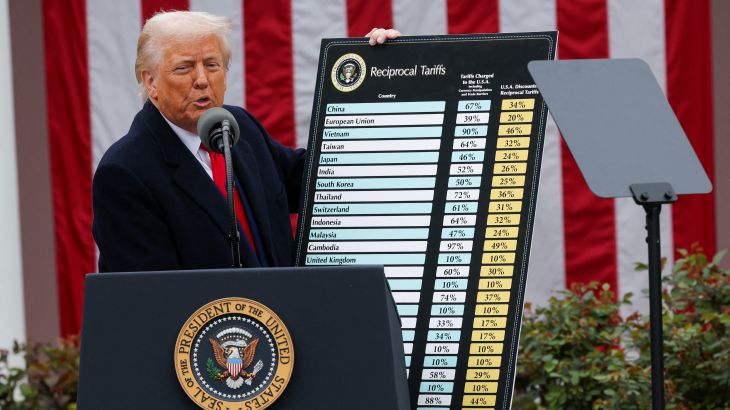On April 2, 2025, U.S. President Donald Trump announced a series of new tariffs as part of his “Liberation Day” initiative, aiming to bolster domestic manufacturing and address perceived trade imbalances. These measures include a universal baseline tariff of 10% on imports from all countries and targeted reciprocal tariffs ranging from 10% to 50% on 60 countries with which the U.S. has significant trade deficits. Notably, Canada and Mexico are exempt from these new tariffs due to existing trade agreements.
Despite the exemption from the latest tariffs, previous tariffs imposed by the Trump administration on Canadian goods remain in effect. As of March 4, 2025, a 25% tariff on most Canadian goods and a 10% levy on Canadian energy products were implemented. These earlier measures continue to impact trade between the two nations.
In response to the ongoing trade tensions, Canadian officials have expressed readiness to implement retaliatory measures if the U.S. were to escalate the situation further. Prime Minister Mark Carney stated on April 1, 2025, “We will respond to additional measures. We will put in place retaliatory measures if there are additional measures put against Canada tomorrow.”
While the recent announcement does not introduce new tariffs specifically targeting Canada or Newfoundland and Labrador, the existing tariffs continue to affect various sectors, including the energy industry, which is significant for Newfoundland and Labrador’s economy. The province’s exports, particularly in oil and gas, are subject to the previously established 10% tariff, impacting local industries and trade dynamics.
It’s also worth noting that some U.S. cities have been identified as vulnerable to the consequences of reduced trade with Canada, underscoring the interconnected nature of the economies and the potential widespread impact of the tariffs.
In summary, while the April 2, 2025, tariff announcement does not directly impose new tariffs on Canada or Newfoundland and Labrador, the continuation of previous tariffs maintains pressure on the region’s key industries. Canadian officials remain vigilant and prepared to respond to any further trade actions by the U.S.
Trump’s New Tariffs Breakdown: Impact on Canada and Newfoundland & Labrador

